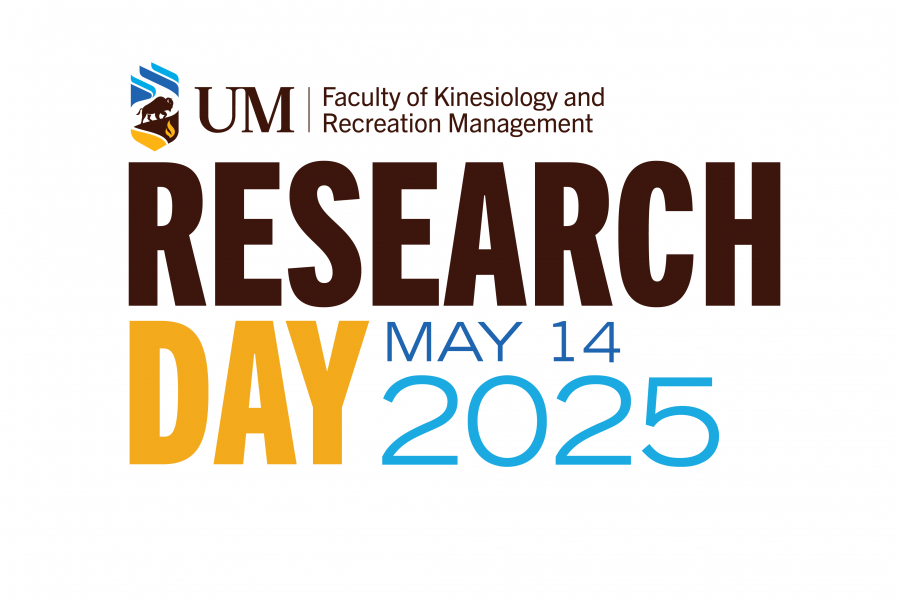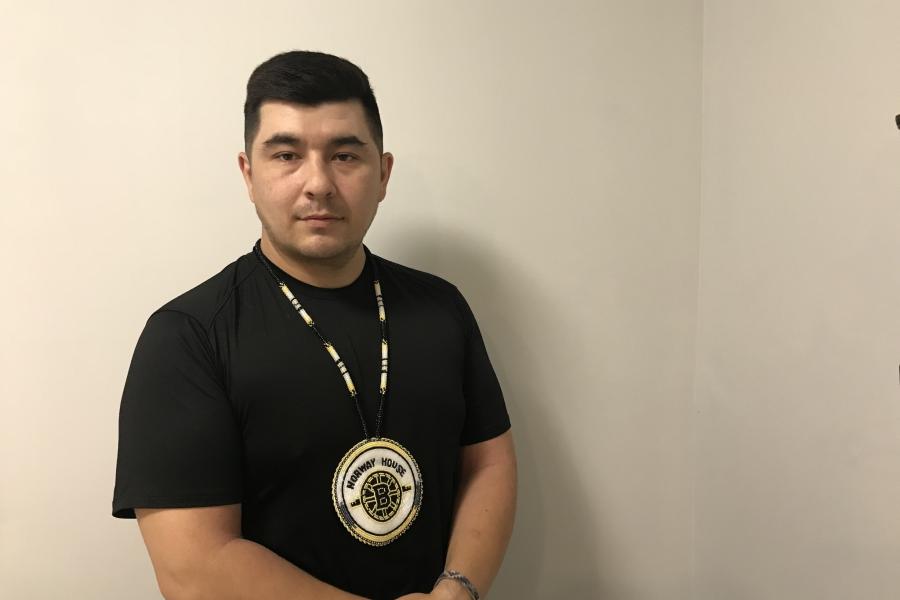Research Day 2025
In line with the University of Manitoba’s Strategic Research Plan, Research Day 2025’s theme is Indigenous Health and Wellness. The theme centres the important work happening across our faculty and with our partners. In addition to themed panels throughout the day and a beading session in the afternoon, Dr. Janice Forsyth will deliver a keynote address highlighting her expertise in Indigenous sport and socio-cultural studies to inspire and challenge us. Along with the theme, we are also excited to announce an additional award for research for or with Indigenous communities.






